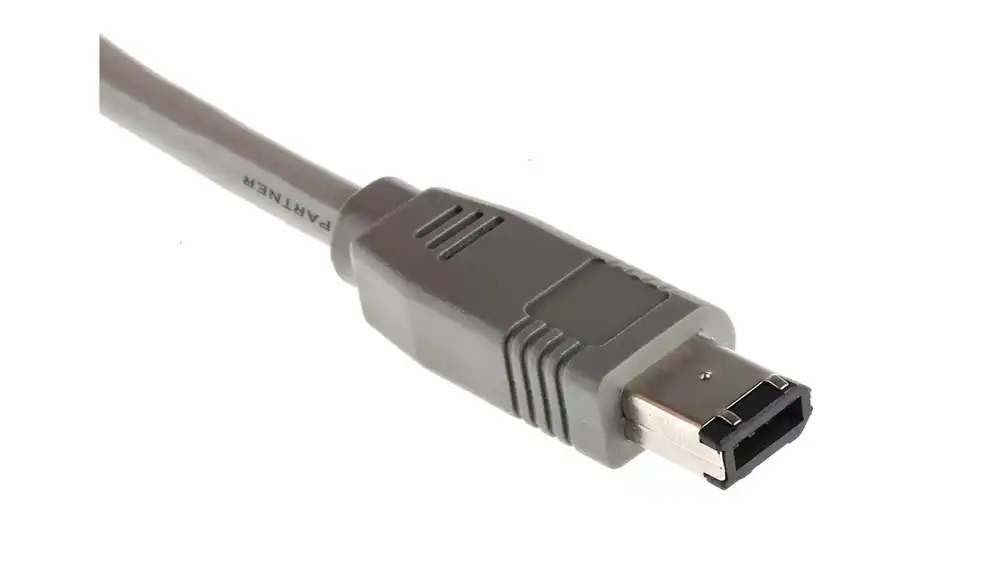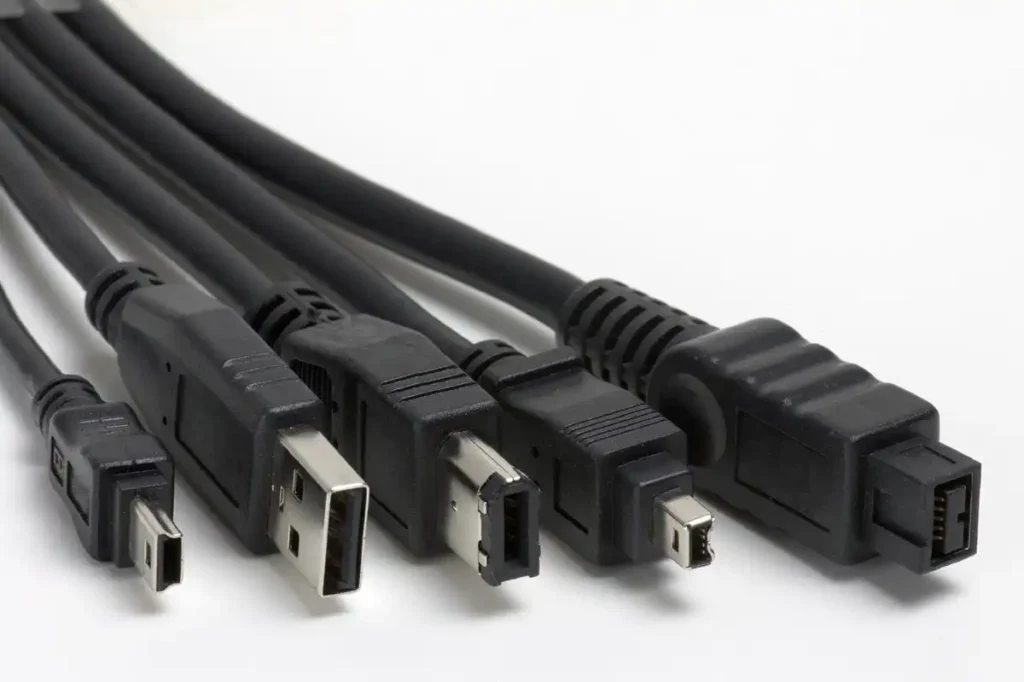Table of Contents
Regarding networking, FireWire is one of the names that brings back good memories and makes you curious. As a top data transfer system, the FireWire protocol, whose full name is IEEE1394, has left its mark on the past of technology. Firewire cable isn’t used as much in current setups, but it’s still valid, and you can learn more about its history and impact by looking at why it’s still essential.
Introducing FireWire: A Pioneer in Connectivity
When FireWire emerged in the early 1990s, it turned on a new era of fast data transfer. Compared to the widely used USB standard, FireWire stood out because it could send data faster and more efficiently.

Both pros and amateurs used FireWire because it was reliable and could send data rapidly. Hardware like recording ports, digital cameras, and portable hard drives could meet the needs of many businesses thanks to the FireWire link.
The Evolution: FireWire 400 vs. FireWire 800
There are now two new types of FireWire: FireWire 400 and FireWire 800. Each of these versions worked on its own, showing different characteristics.
The FireWire 400 link was flat on one side and raised on the other to send data at 400 Mbps. It was widely used in consumer electronics because it could send data at an acceptable speed and was easy to set up and use.
FireWire 800, on the other hand, had a more prominent link that looked like a vital USB port. Its lightning-fast 800 Mbps speed met the needs of both professionals and regular users, making it a big step forward in data transfer speeds.
Unraveling the Naming Convention: Mbps and Beyond
One of the things that makes firewire cables unique is that its names are based on the speeds at which it can send data. The number suffix, which shows the transfer rate in megabits per second (Mbps), makes it easy for users to understand how well it might work.
Let’s say 400 or 800 Mbps. Other standards use more challenging ways of naming things, but this one is simple, which helps people understand and make better choices.
In Comparison: FireWire vs. USB
Even though FireWire was very popular at its peak, new USB standards, especially USB 3.0, gave it a lot of trouble. USB 3.0’s fast 5 Gbps transfer rate pushed FireWire to the edges of the market, even though FireWire’s speeds were incredible.
However, FireWire’s steadiness and reliability have made it popular with professionals and amateurs, leaving a lasting mark on the field.

Navigating the Modern Landscape: Challenges and Solutions
In today’s world of technology, finding a gadget that uses a FireWire link is like finding items from a different era. More and more devices use USB-C and Thunderbolt instead of FireWire. Only older devices and specialized apps still use FireWire. We need new ideas to deal with this change, and adapters are the most important of these.
Adapting to Change:
In a world of new interfaces, adapters are a lifesaver for pros and hobbyists who can’t live without FireWire-based gear. FireWire-to-USB connections connect old devices to new systems so that they work with each other and integrate easily. With these adapters, users can get the most out of the tools they already have while also taking advantage of new link standards.
Choosing the Right Adapter:
But not every adapter is the same. When picking the suitable FireWire adapter, it’s essential to consider how well it works and whether it will work with other devices. Mismatched adapters can cause slower speeds and connection issues, which shows the importance of researching and making intelligent decisions. In today’s fast-paced digital world, users can get the most out of their FireWire devices by paying attention to how well they work with other devices.
Embracing the Legacy: Applications and Beyond
Some things are still affected by FireWire, even though it’s not used as much as it used to be. Even though it’s not as popular as it used to be, FireWire is still used in some commercial settings and older devices. Even though technology changes quickly, FireWire is still a good choice for workers and hobbyists who need to work a certain way. Its long effects show that it can survive and grow in a world where technology constantly improves.
Conclusion: Embracing the Past, Envisioning the Future
When it comes to networking, firewire to USB cable is one of a kind. It’s both excellent and practical at the same time. Even though its best days are over, people who study the history of technology will always remember how important it is. Remembering the early leaders in link standards, like FireWire, who allowed us to develop new ideas and move forward, is essential. By learning from our mistakes and looking forward to the future, we honor FireWire’s history while opening the way for new connections and other things. You can also check out HDMI port malfunctions.
Also Read:

